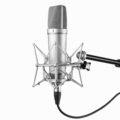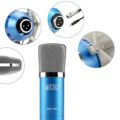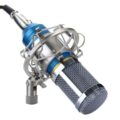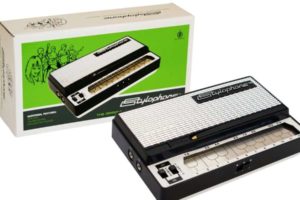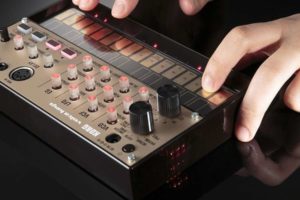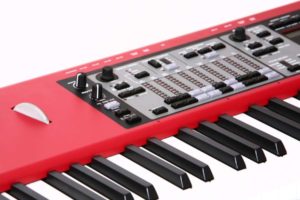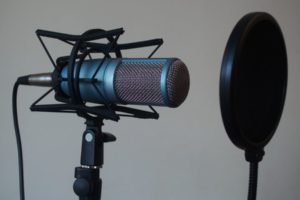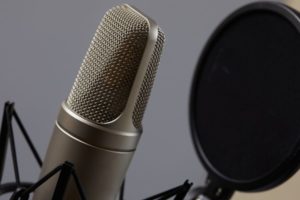Microphones have become primordial and essential in the broadcasting and entertainment industry. To get a good recording or broadcasting, using a good microphone is a paramount consideration.
The microphone is not just for big time use anymore as it has also found its way into individual households with the current trend of creating podcasts, amateur music covers and tutorials videos, among many others. And because of the sudden influx of the need to use microphones, the market these days offer microphones that come at different types, shapes, colors and prices.
There are several types of microphones available in the market now, but among the many kinds stand out two (2) types of microphones – because of the high sales and usual preference among the purchasers. These two are the condenser microphone and the dynamic microphone.
Although the two types are similar in a sense that they are usually preferred over the others, the condenser microphone and dynamic microphone differ greatly from each other. Below seeks to discuss the difference between the two and the benefits and disadvantages of choosing one over the other.
Condenser Microphone vs. Dynamic Microphone – The Anatomy
The condenser microphone is also known as capacitor microphone and it uses the Capacitance Principle in order to amplify sound. In a typical condenser microphone, there are two conducting plates – one in the form of a moving conductive diaphragm and the other a fixed but electrically charged plate.
When the diaphragm is hit by a sound current coming from a sound source, it starts to vibrate. The space between the two plates then changes and the capacitance converts the sound wave into an electric current. The dynamic microphone, on the other hand, is also known as an electromagnetic microphone.
Here a plastic film diaphragm is usually connected to a small wire coil and the latter is suspended in a fixed magnetic field. When the diaphragm is exposed to sound, it starts to vibrate and electric current is created.
Condenser Microphone vs. Dynamic Microphone – Advantages & Disadvantages
A condenser microphone is made up of two (2) types, namely: large diaphragm condenser microphone and small diaphragm condenser. When one has to do a voice recording, using the large diaphragm microphone will allow the pick-up of deep sounds and create a better and more accurate audio output.
If, on the other hand, the type of recording would entail the use of stringed instruments, like electric guitar and acoustic guitar, and amps, a small diaphragm microphone will serve the purpose better with its fast response.
The downside of using a condenser microphone is that it is more fragile and sensitive than the dynamic microphone – which makes it more prone to damage and malfunction when accidentally handled roughly or subjected to force or pressure.
Another issue with the condenser microphone is its dependence on a separate phantom power supply – usually a 48V power source – in order to function fully. A dynamic microphone would not require the use of a separate phantom power but its sound quality cannot be said to be as accurate as that of the condenser microphone.
Condenser Microphone vs. Dynamic Microphone – Purpose
Because the condenser microphone has a transient response and frequency response – or the capacity of the microphone to recreate the speed of the sound source – as well as sensitivity to high sound frequencies, it is usually used for studio recording. Also, the preferred studio use for this type of microphone is supported by the fact that the microphone is a little bit fragile and complex when it comes to design.
As for the dynamic microphone, on the other hand, the type is the usual preference when it comes to live or onstage use due to the fact that the dynamic microphone is more rugged and resistant to abuse and moisture. When it comes to drum recordings, the dynamic microphone is the microphone of choice because it can hold against high and loud sounds.
Although one type of microphone is better than the other for a particular purpose, if one has to do a lot of different recordings, it is smart and, even practical, to have one unit of both microphones to cover all grounds or needs.
In addition, it is important to protect the microphone from unwanted sound source and vibrations to have a better sound quality – using suspension and foam padding will help address this problem.

